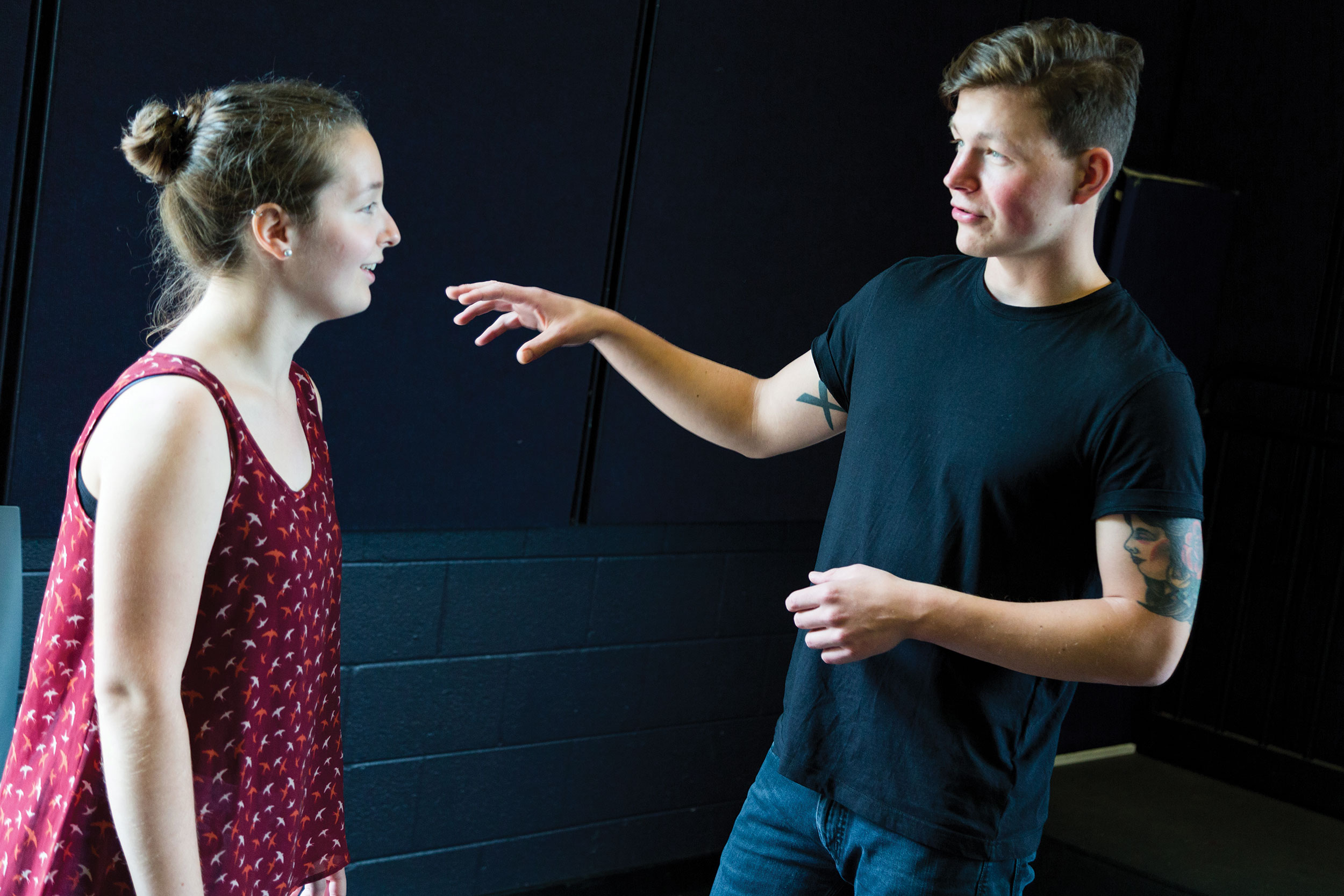
Scientifically speaking: Svenja Both and Felix Ruckl participate in a theater exercise during the German Fulbright Summer Institute organized by the Cranwell International Center. The institute, titled “Communicating Science: Communication, Collaboration, and Connection Across Differences and Disciplines,” was inspired by Virginia Tech’s graduate course in communicating science.
In the spring Virginia Tech launched the Center for Communicating Science to create and support opportunities for scientists, scholars, health professionals, and others to develop their abilities to communicate and connect.
“Public engagement is a critical element to solving many of our most urgent problems,” said Patricia Raun, director of the new center.
The opportunities supported by the center will help faculty, students, and stakeholders build trust, engage public audiences, and bridge the gap of understanding.
According to Carrie Kroehler, associate director of the center, “Our focus goes beyond a mere translation of jargon. We want [our students] to learn to communicate lucidly and passionately, to use narrative to convey meaning. In essence, we want them to tell the stories their data reveal.”
For several years, Raun and Kroehler have offered an increasingly popular graduate-level course on communicating science, based in part on the principles of improvisational theater. “The performing arts have much to teach scientists about communicating their work to a broad audience,” said Raun, a theater professor and professional actor who recently stepped down as director of the Virginia Tech School of Performing Arts to lead the new center.
The Center for Communicating Science is supported by the Institute for Society, Culture, and Environment; the Graduate School; and the College of Liberal Arts and Human Sciences.
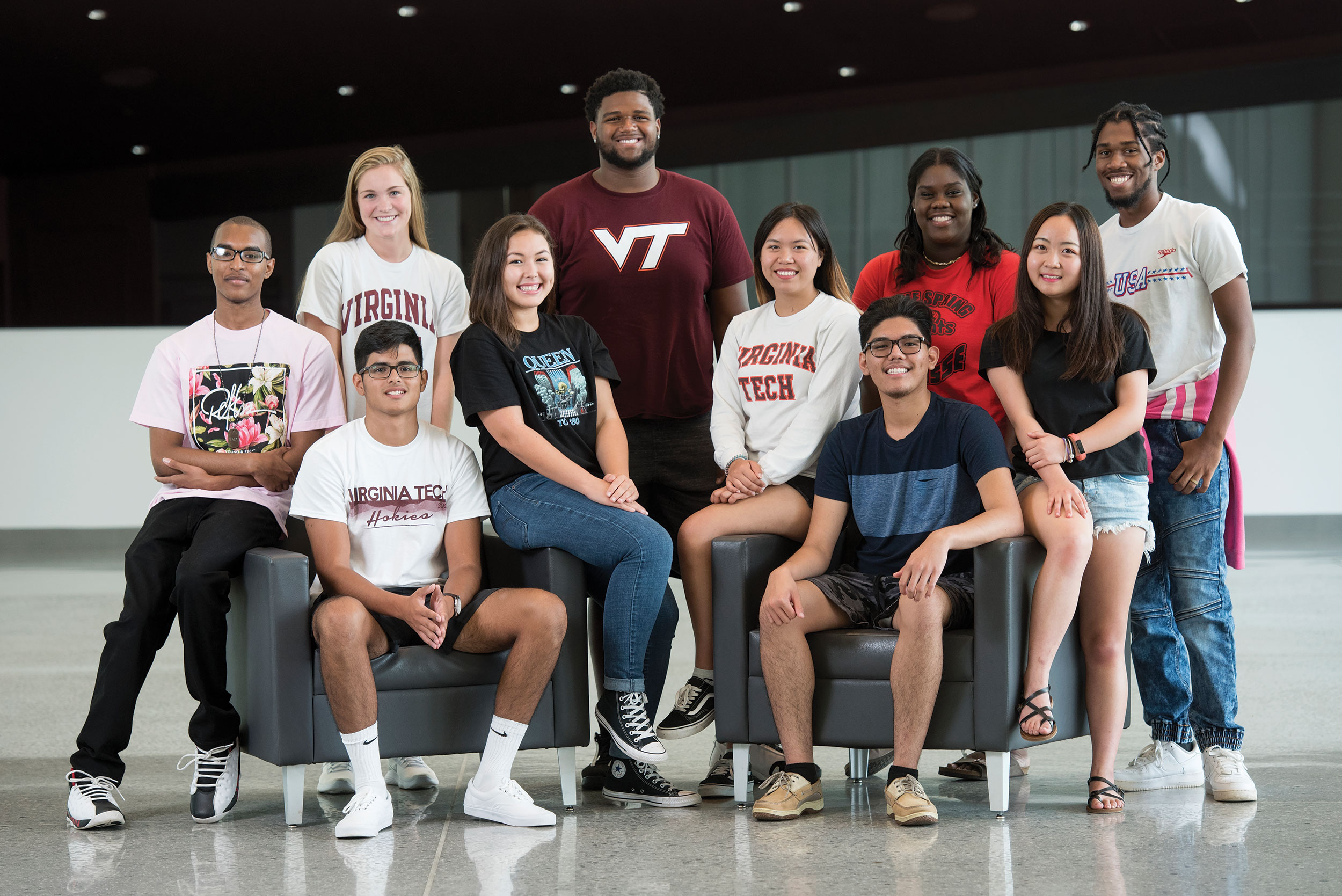
2017 Clark Scholars: Back row (left to right) Makenzie Moore, Ezekiel Volk, Nefetari Heath, and Richard Cotman. Front row (left to right) Trent Kinney, Julio Villarroel, Mia Taylor, Ricabell Pagara, Clemence Hidalgo, and Erica He.
In September, Virginia Tech President Tim Sands announced a $15 million gift from the A. James and Alice B. Clark Foundation, the largest scholarship gift ever made to the university.
The gift endows the foundation’s signature A. James Clark Scholars Program, which provides students with a full-tuition scholarship and a holistic approach to engineering education.
Hokies are driven to serve, and giving back is one of the most powerful ways that they show it. Our alumni, parents, faculty, staff, friends, and corporate and foundation partners create tremendous opportunities with their generosity. We can’t realize our potential without them. We can’t thank them enough.
—Charlie Phlegar ’78,’87
Vice president for advancement
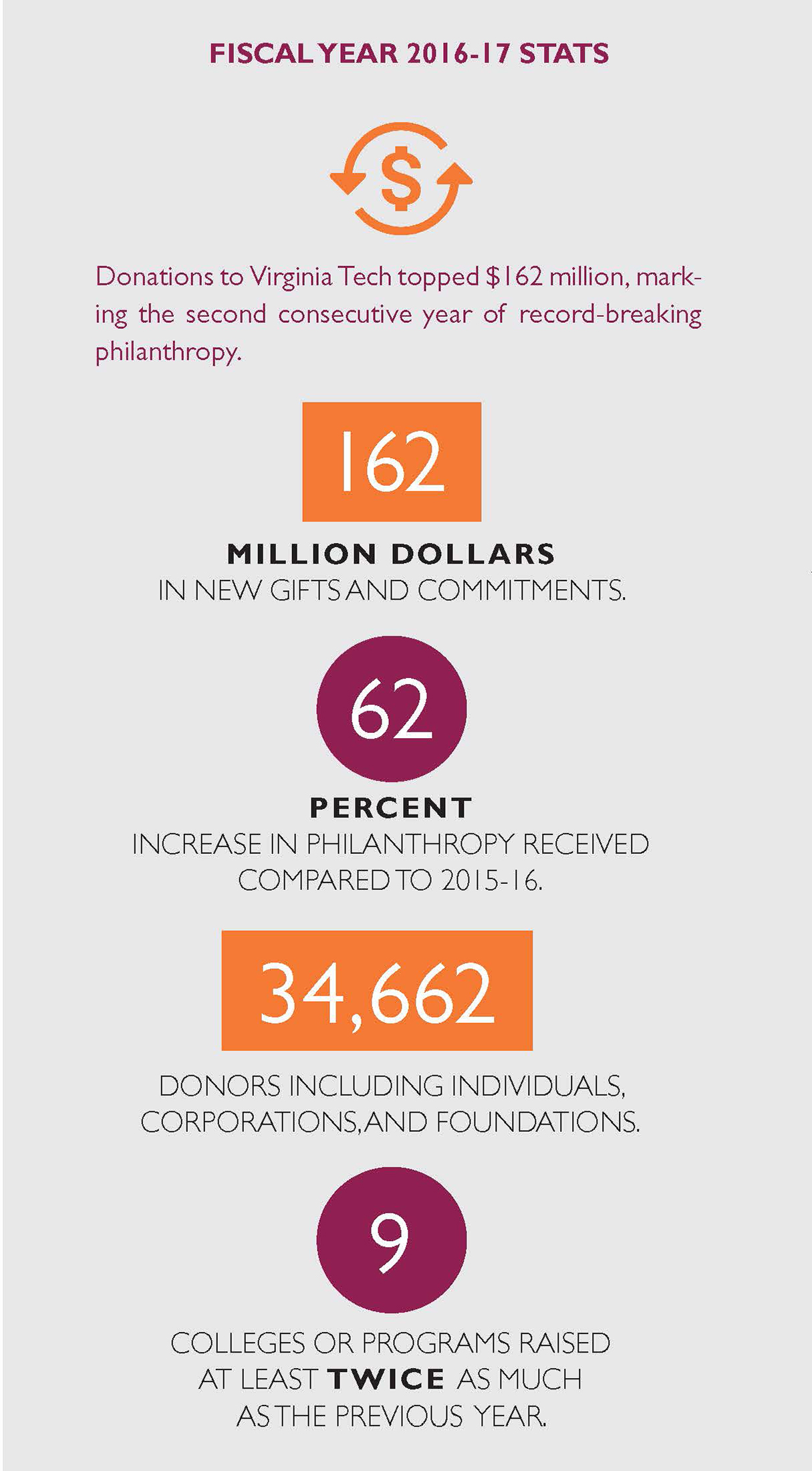
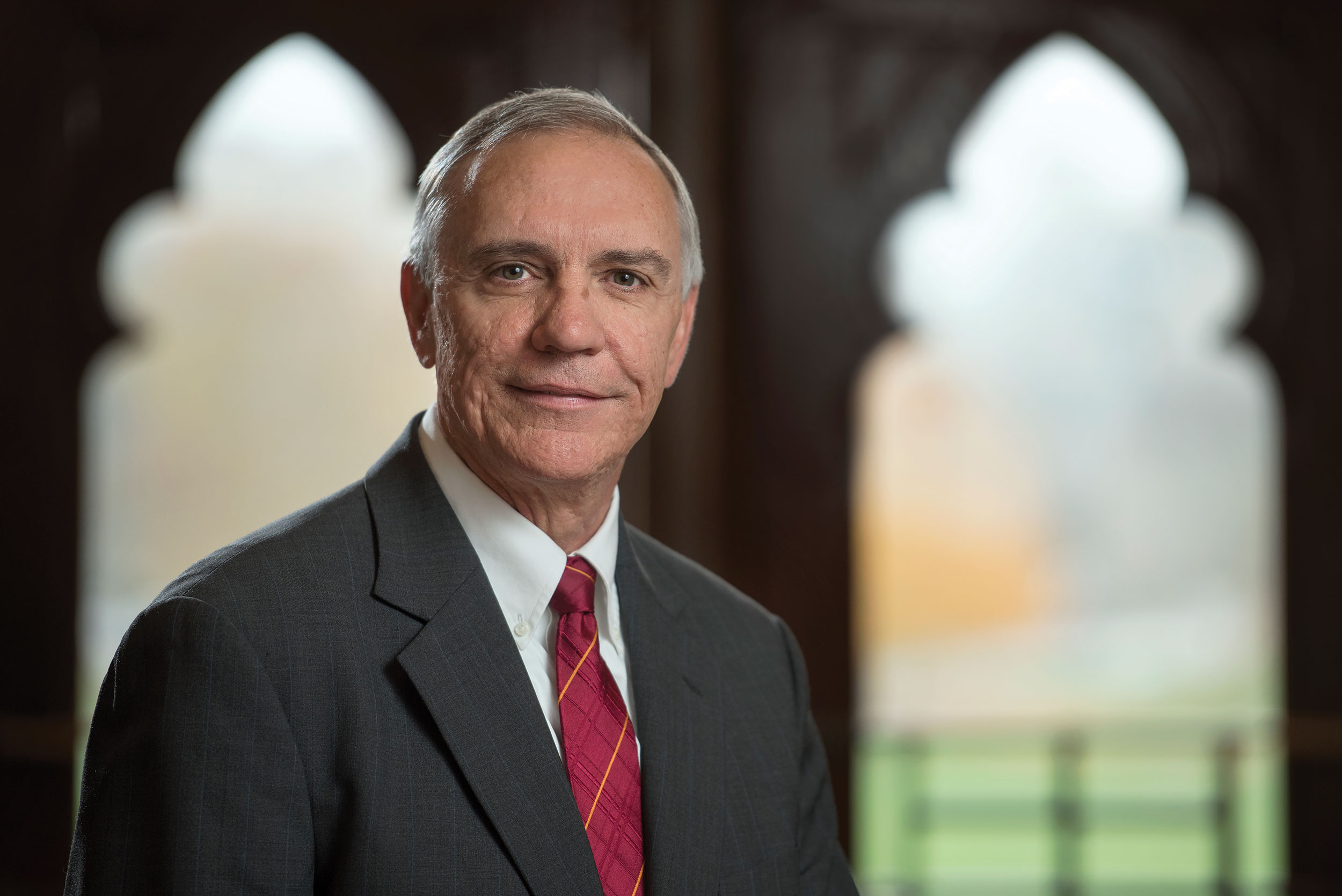
Cyril Clarke
Virginia Tech President Tim Sands named Cyril Clarke interim executive vice president and provost effective Nov. 1. Thanassis Rikakis stepped down from the same position to become the Presidential Fellow for Academic Innovation (see below).
“Beyond Boundaries envisions Virginia Tech as a leading global university, deeply engaged with our partners in the spirit of the land-grant university to address the greatest challenges of the commonwealth, the nation, and the world,” said Sands. “In Cyril, we have a dedicated and inspirational leader—one with broad knowledge of Virginia Tech. Not only is he deeply committed to our shared vision, but he also has a unique understanding of the environment and culture we must navigate.”
Clarke has served as the dean of the Virginia-Maryland College of Veterinary Medicine at Virginia Tech since 2013.
“As a member of this community the past four years, I can see that Virginia Tech is uniquely situated to move forward boldly in ways that will shape higher education and advance our university to even greater heights,” said Clarke.
Under Clarke’s leadership, the veterinary college has achieved several recent successes.
In 2018, the college plans to launch its first undergraduate degree program. Together with the master of public health degree program, the undergraduate program in public health will be an integral component of the college’s One Health initiative, which recognizes the close connections between animal health, human health, and the environment.
In 2017, more than 1,600 prospective students applied to enter the college’s doctor of veterinary medicine program, representing the second-largest applicant pool in North America for the third year in a row.
Gregory Daniel, professor and head of the Department of Small Animal Clinical Sciences, will serve as interim dean of the Virginia-Maryland College of Veterinary Medicine.
Virginia Tech will launch an international search for a new executive vice president and provost in the spring.

Thanassis Rikakis
Former provost Thanassis Rikakis has been named Presidential Fellow for Academic Innovation. In this role, he will further his research on organizational change in higher education, looking specifically at concepts related to the Destination Areas and the Partnership for an Incentive-Based Budget, and he will continue his long-standing research in interactive neurorehabilitation.
Rikakis holds a joint faculty appointment as a tenured professor in the Department of Biomedical Engineering and Mechanics in the College of Engineering and professor of music in the School of Performing Arts in the College of Liberal Arts and Human Sciences.
President Tim Sands expressed his gratitude for the transformative work accomplished by Rikakis since joining the university in 2015.
“Thanassis prepared this university to evolve in order to remain at the forefront of higher education,” said Sands. “Thanassis impressed upon us that Virginia Tech has to embrace a much more collaborative, transdisciplinary approach in its teaching and research, and to make strategic investments to support these changes.”
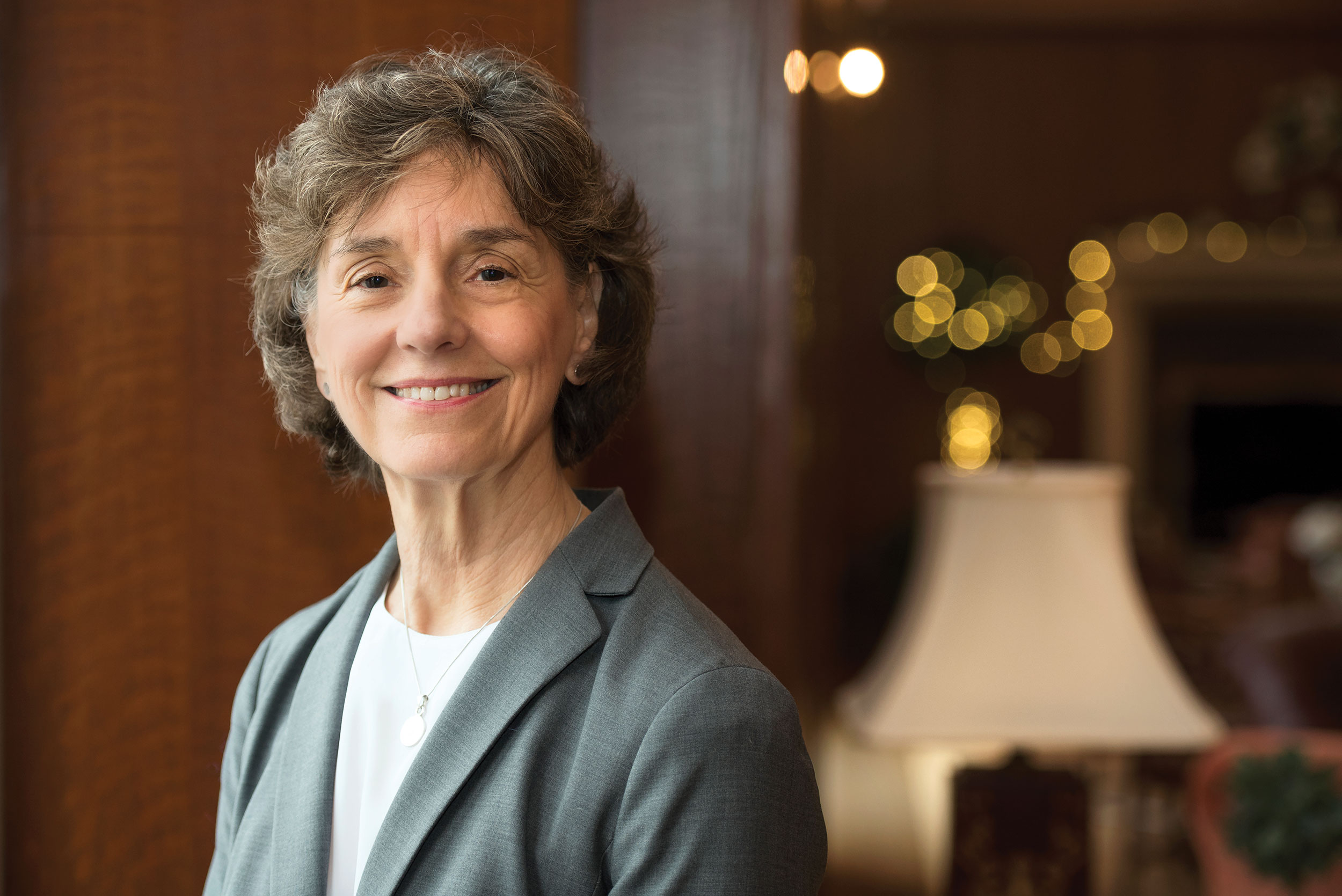
Rosemary Blieszner
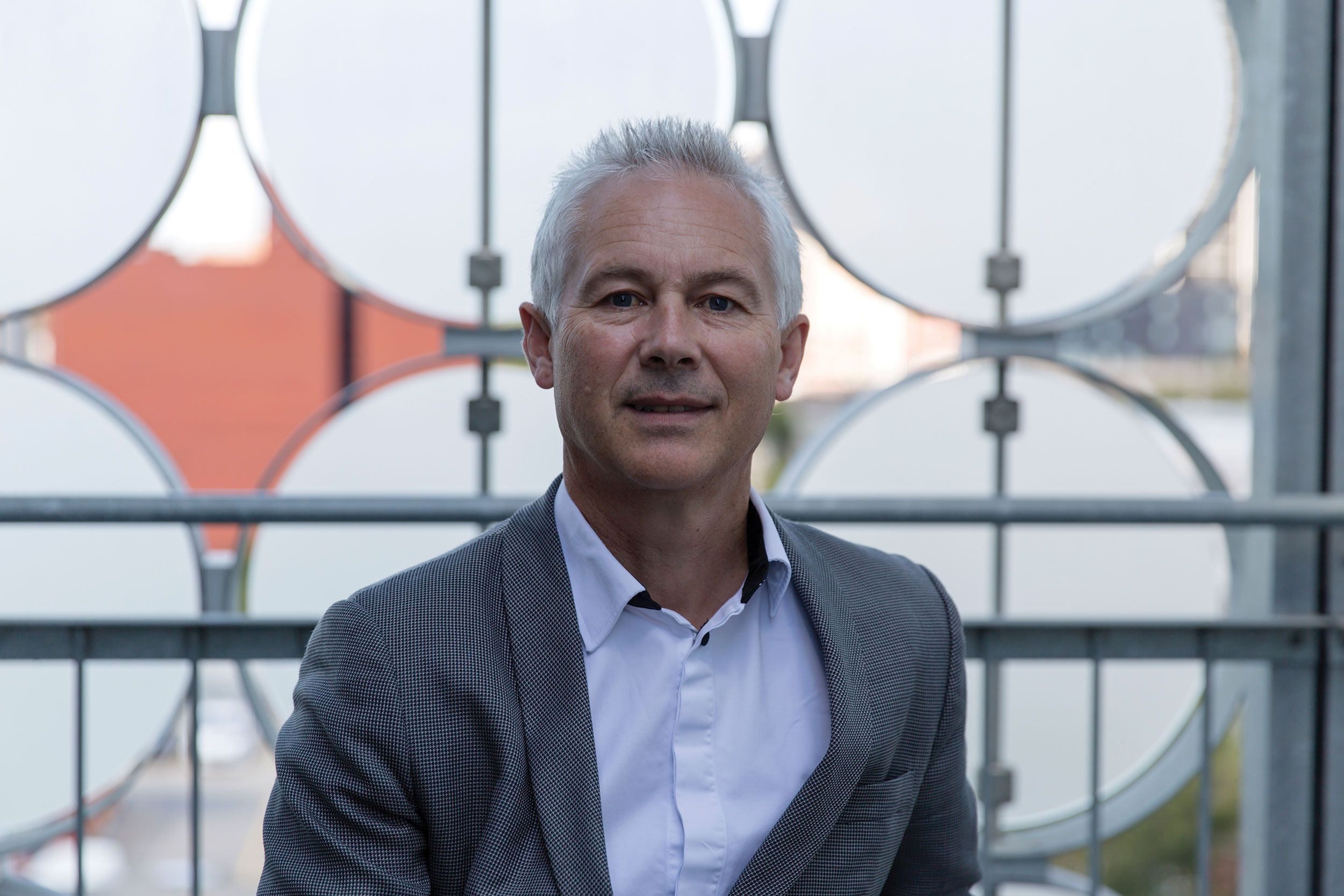
Richard Blythe
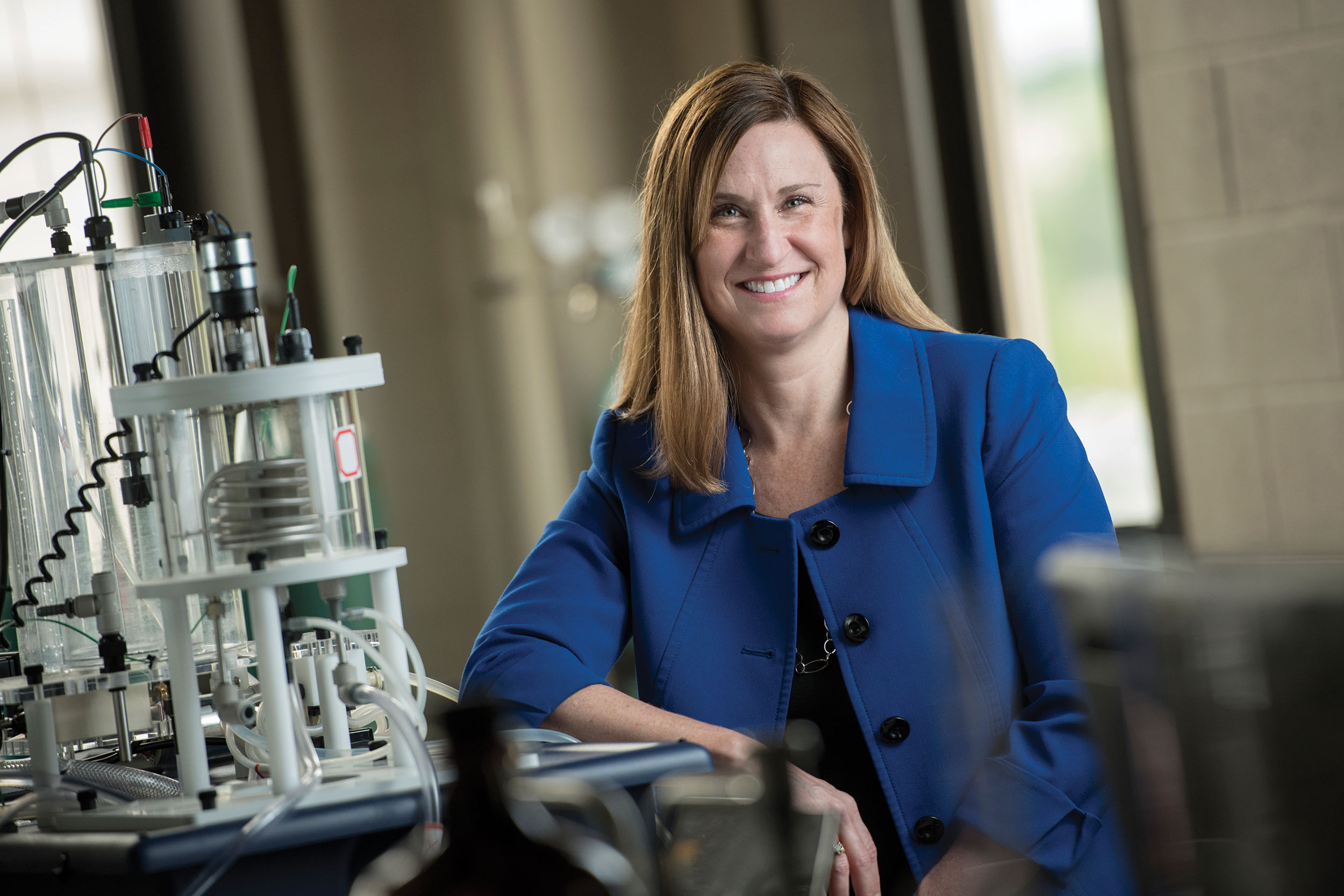
Julia Ross
The 2017-18 academic year began with new deans in three Virginia Tech colleges: Rosemary Blieszner, College of Liberal Arts and Human Sciences (CLAHS); Richard Blythe, College of Architecture and Urban Studies (CAUS); and Julia Ross, College of Engineering (COE).
Blieszner, who previously served as interim dean, will continue to lead CLAHS through June 2019. A faculty member in the Virginia Tech Department of Human Development since 1981, Blieszner was named a Virginia Tech Alumni Distinguished Professor in 2002. Only 10 members of the university faculty hold these endowed professorships. For more than 30 years, Blieszner helped lead the university’s Center for Gerontology, and she served as an associate dean of the Graduate School from 2009 through March of this year. Recently, Blieszner chaired the Steering Committee of the university’s visioning initiative, Beyond Boundaries.
Blythe is an award-winning architect and educator with more than 25 years in higher education and architectural practice. Prior to joining Virginia Tech, he served as professor and dean of RMIT University School of Architecture and Design in Melbourne, Australia. Blythe, who lectured at the University of Tasmania for 14 years, was the vice chancellor’s representative on the Tasmanian government’s Building and Construction Industries Council. A founding director of the architecture firm TERROIR, Blythe continues to contribute to the practice.
As the College of Engineering dean, Ross will hold tenured appointments in the departments of Chemical Engineering and Engineering Education at Virginia Tech. Previously dean of engineering and information technology at University of Maryland Baltimore County, Ross researches the role of fluid mechanics in infection formation in the cardiovascular system. In October, Ross was elected to the executive committee of the Global Engineering Dean’s Council, which works closely with engineering deans from around the world.
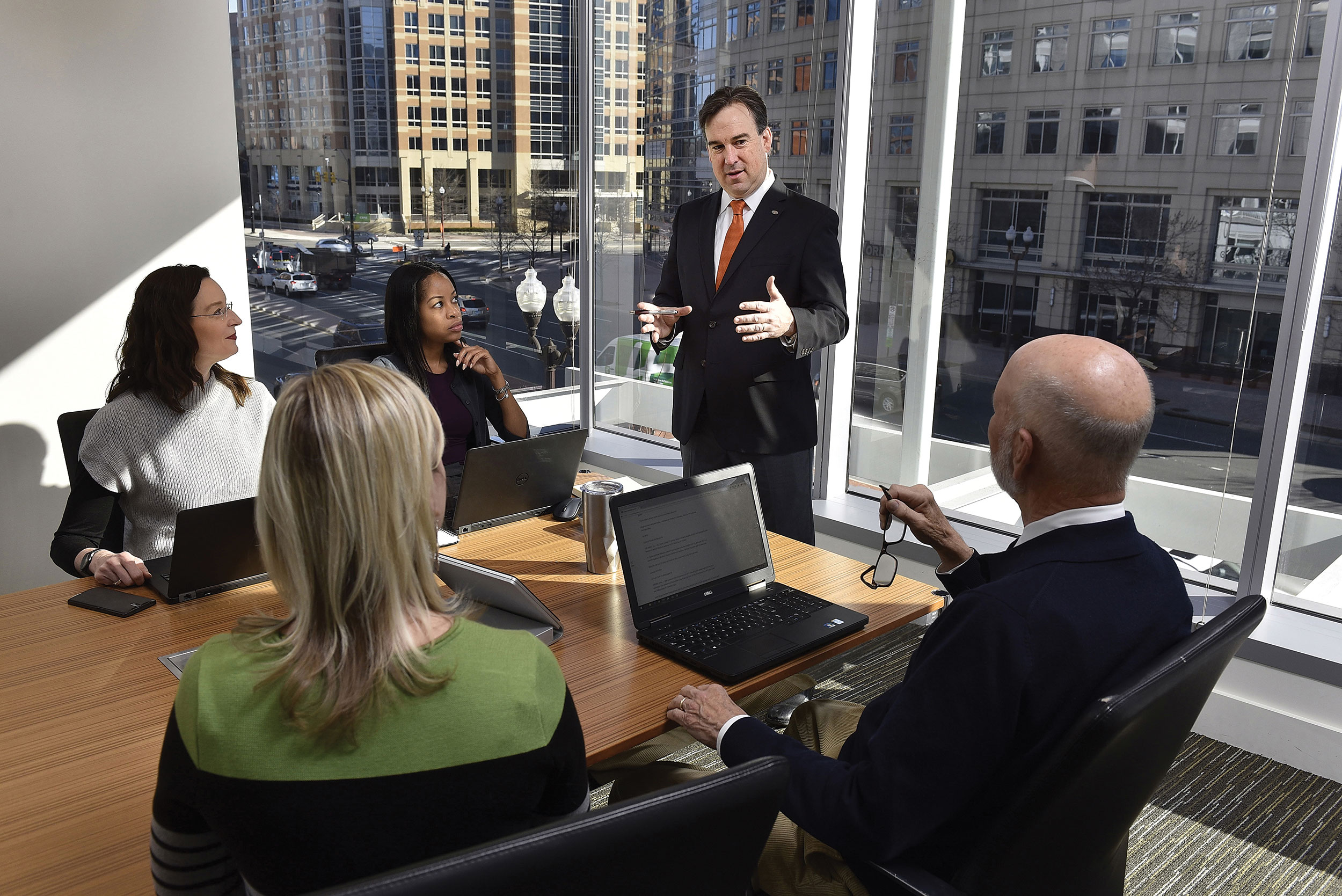
As a materials scientist, Steve McKnight (materials science and engineering ’90) was motivated by asking the right questions.
“At the National Science Foundation, I can remember sitting in strategic research planning workshops and thinking to myself, ‘The National Capital Region (NCR) is in our neighborhood.” said McKnight. “They have the intellectual engines to inform national research, priorities, and decision-making. Why isn’t Virginia Tech in the room?’”
In 2014, Virginia Tech offered McKnight the key to drive the efforts to answer that question, naming him vice president of the NCR. Today, the university isn’t just in the room, it’s leading the way.
According to McKnight, Washington, D.C.—a city that includes 177 diplomatic embassies, is home to several Fortune 100 companies, and serves as the seat of our government—offers a world of opportunity. “Our goal is to establish a portal that brings Virginia Tech to that world and that world to Virginia Tech,” he said. “Every day, the decisions being made here have a global impact, from cutting-edge technologies affecting the world economy and public policies, to issues related to health care in Africa and the work of the Peace Corps. There are so many opportunities that the challenge becomes deciding which one to work on today.”
Nearly 58,000 Virginia Tech alumni live within an hour’s drive of Washington, D.C., and numerous students participate in classes, internships, and other educational programs in the region annually. “You can’t go anywhere without seeing maroon and orange,” said McKnight. “Our strong presence is a differentiating factor. We are bringing our ethos and culture—the things that make Virginia Tech great—and sharing them on a globally visible stage. We are poised to address some really pressing societal problems, thanks to our growing urban presence. Our efforts in NCR strengthen what we do in Blacksburg and vice versa.”
McKnight, who grew up in a home that recognized the value of technical science and engineering, credits his family for inspiring his career. “My parents are both Ph.D. scientists, and they helped me develop an appreciation for how science and technology can improve people’s lives. It was up to me to find an intersection between study and action,” he said. “How could I use science and technology for good?”
As a student at Virginia Tech, McKnight began to discover the answers.
“My personal aspirations are and were aligned with Ut Prosim,” said McKnight, who also earned a doctorate from the University of Delaware. “In graduate school, I was right at the cusp of how new discoveries change the world. We were encouraged to ask the big questions. ‘What are the really important problems? How can we make an impact?’ At Virginia Tech, I learned that when you strive to serve others, you should look at the outside world, be willing to get your hands dirty, and tackle the big problems.”
Prior to joining Virginia Tech in the NCR, McKnight spent five years as division director for civil, mechanical, and manufacturing innovation within the NSF’s Directorate for Engineering. He established a reputation for promoting interdisciplinary research collaborations and cultivating interagency partnerships. Earlier in his career, he worked at the U.S. Army Research Laboratory, progressing through a number of leadership positions, from team leader in the polymers research branch to serving as chief of the materials division. McKnight’s research focused on advanced polymer composite materials and polymer adhesion science.
Not surprisingly, McKnight’s move to the university began with a question. “I asked myself, ‘How can I make a bigger impact?” he said. “The role at Virginia Tech gave me the chance to do more, solve more, engage more, and give more.”
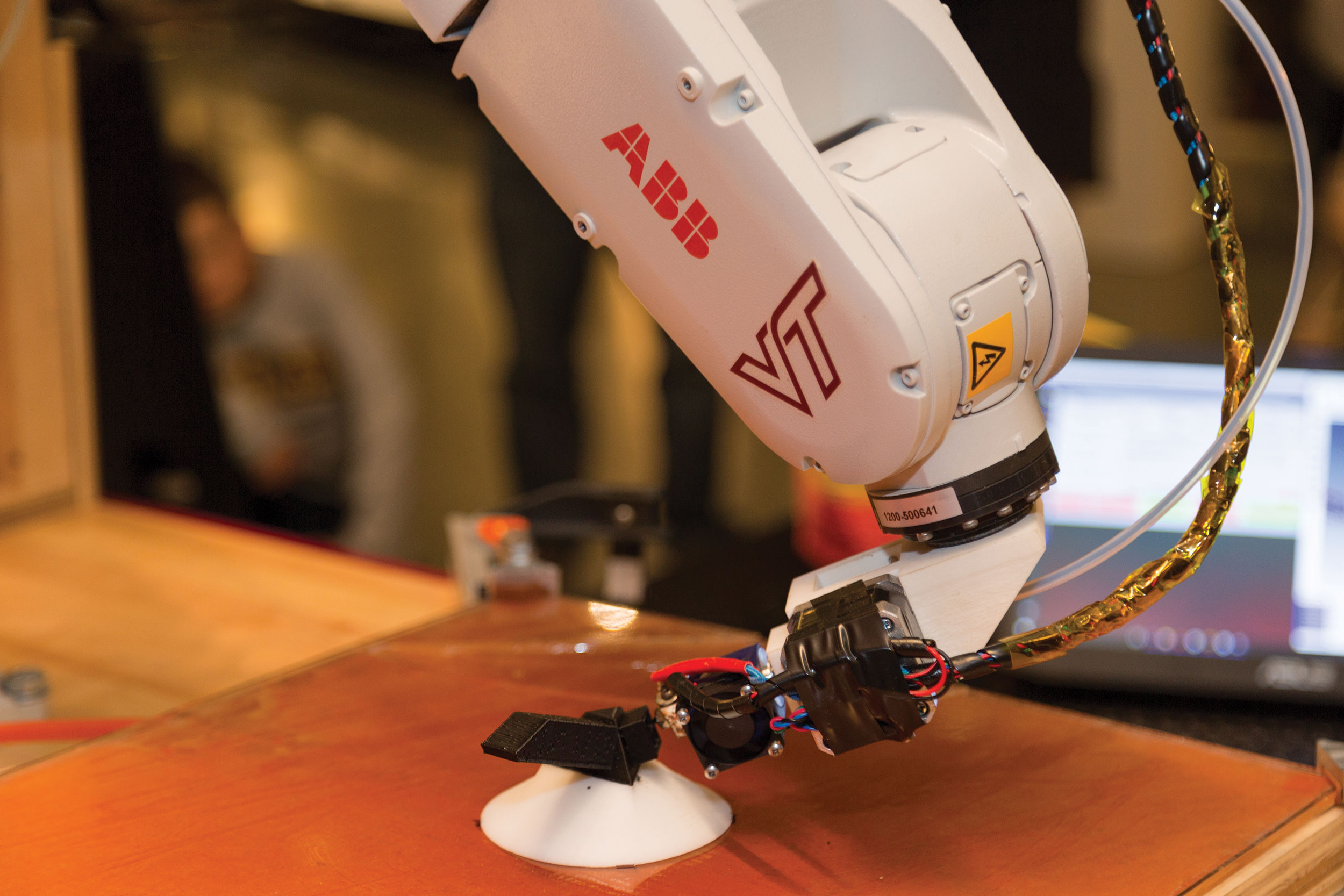
About 36,000 people passed through the Smithsonian’s National Museum of American History in Washington, D.C., for the three-day ACCelerate: ACC Smithsonian Creativity and Innovation Festival held Oct. 13-15. Virginia Tech’s Institute for Creativity, Arts, and Technology and Smithsonian’s Lemelson Center for the Study of Invention and Innovation hosted the festival. It showcased connections between art, science, engineering, and design from 15 universities from the Atlantic Coast Conference. Virginia Tech’s Design Robotics: Robot Assisted Fabrication exhibit featured this six-axis robotic arm. To learn more about the event, go to vtmag.vt.edu.
links Blacksburg, Roanoke, and the National Capital Region

Virginia Tech’s Campus-to-Campus Bus launched over the summer to provide employees, students, and their guests with safe and convenient transportation between the university’s campuses in the Blacksburg/Roanoke and Ballston/Arlington areas.
Each of the three Abbott Transportation buses in service is equipped with free Wi-Fi and have electrical outlets at each seat. The full-size charter buses have seatbelts, reading lights, reclining seats, and a restroom.
The bus departs from and arrives in Blacksburg and the National Capital Region twice each weekday and once each weekend day. It operates year-round, except on university holidays.